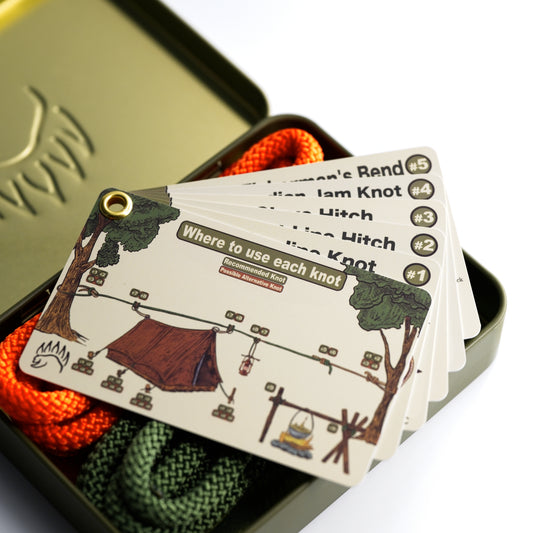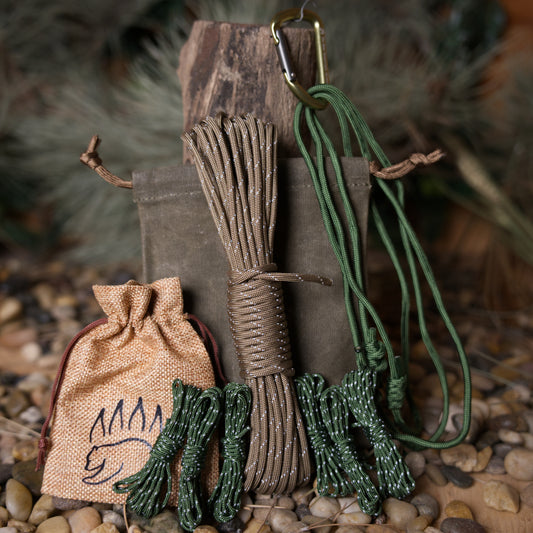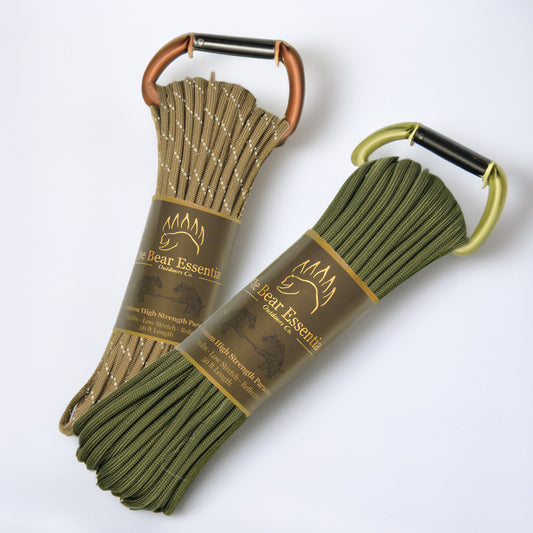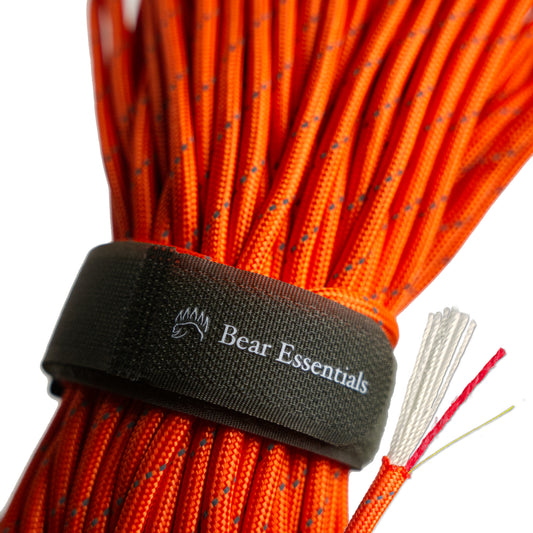How to Tie the Shake Hands Bend
Usage
The Shake Hands Bend is commonly used to join two ropes in boating, climbing, and utility tasks, creating a strong, symmetrical connection. Compared to the Double Fisherman’s Knot, it’s easier to untie and less prone to jamming, making it ideal for temporary rigging. Its interlocking structure is valued for reliability, but it requires careful tightening to prevent slipping.
Why Learn the Shake Hands Bend?
The Shake Hands Bend ensures balanced, reliable rope joins. It is a go-to knot for riggers needing strong, reversible connections. It offers a strong hold, is easy to untie, and features a symmetrical structure that distributes load evenly across ropes.
Common Uses
-
Boating and Marine Applications:
- Joins ropes for mooring lines or rigging extensions.
- Creates temporary slings for securing boat equipment.
-
Climbing and Mountaineering:
- Links ropes for extending slings or anchor systems.
- Forms reliable joins for climbing rope setups.
-
Utility:
- Binds ropes for securing loads or outdoor rigging.
- Creates strong connections for household rope tasks.
ABOK Number
(Ashley Book of Knots)
Other Names
Category
|
Notable Features
- Strong hold: Maintains high strength for load-bearing joins.
- Easy to untie: Releases smoothly, even after heavy strain.
- Symmetrical structure: Distributes load evenly across ropes.
- Versatile use: Suits boating, climbing, or utility tasks.
- Quick to tie: Forms efficiently with practice in the field.
Variations
It can be reinforced with an extra tuck on each side for added security under heavy load, as noted in the provided data.
Similar Knots
Double Fisherman’s Knot vs. Shake Hands Bend
- Pros: Stronger and more secure for permanent joins.
- Cons: Harder to untie and more prone to jamming than the Shake Hands Bend.
Zeppelin Bend vs. Shake Hands Bend
- Pros: Equally easy to untie and simpler to tie.
- Cons: Slightly less symmetrical, potentially less balanced under load.
History
The Shake Hands Bend, while not explicitly listed in The Ashley Book of Knots, likely emerged from maritime and climbing traditions where strong, reversible rope joins were essential for rigging and slings. Its symmetrical, handshake-like structure reflects practical needs for reliable, easy-to-untie knots. Its modern use in boating and climbing underscores its effectiveness for temporary, load-bearing connections.
Security Level
The Shake Hands Bend provides reliable strength for joining ropes when tied correctly, holding firm under moderate to heavy loads in rigging or climbing setups. It performs best with ropes of similar diameter and careful tightening. For permanent or critical joins, a knot like the Double Fisherman’s Knot may be preferred for added security.
Downsides
- Moderate complexity: Requires practice to tie quickly with thick ropes.
- Slipping risk: May loosen if not tightened properly or with slick ropes.
Structure
- Lay the two rope ends parallel, pointing in opposite directions.
- Form a loop with the working end of one rope over the other rope.
- Pass the second rope’s working end through the loop, mirroring the first rope’s path.
- Tuck each working end under its own standing line to interlock the loops.
- Pull both standing lines to tighten, ensuring a symmetrical, secure knot.
Pro Tip: Ensure the loops interlock evenly to balance the load.
FAQ
Is the Shake Hands Bend strong enough for climbing?
Yes, it’s reliable for temporary rope joins, but test with strong ropes for safety.
What’s the best rope for the Shake Hands Bend?
Nylon or polyester ropes of similar diameter, like 8-10mm, work well.
How does the Shake Hands Bend compare to the Zeppelin Bend?
The Shake Hands is more symmetrical but slightly harder to tie, while the Zeppelin is simpler.
Can the Shake Hands Bend be used in boating?
Yes, it’s great for joining mooring lines or rigging extensions.
Why choose the Shake Hands Bend over a Double Fisherman’s Knot?
It’s easier to untie and less bulky, ideal for temporary connections.
Important Notes on Safety
Common failure points include uneven loops or insufficient tightening, which can cause slipping. Always verify the knot is symmetrical and secure before loading. Check ropes for wear or damage before tying. Ensure even tightening to balance the load across both ropes. Practice in low-stakes settings to master the technique.







